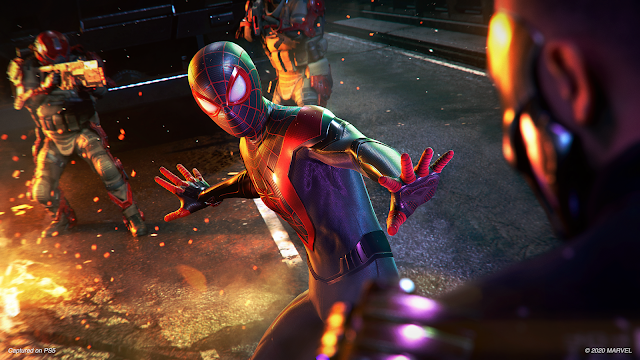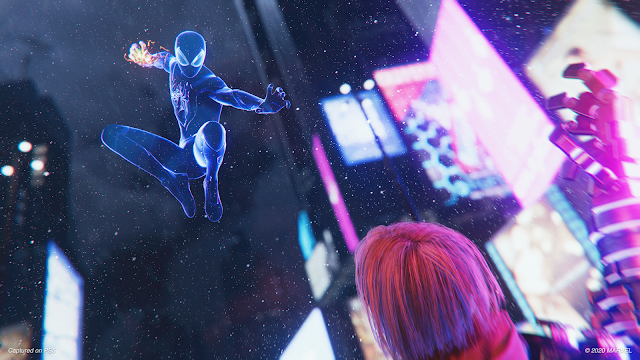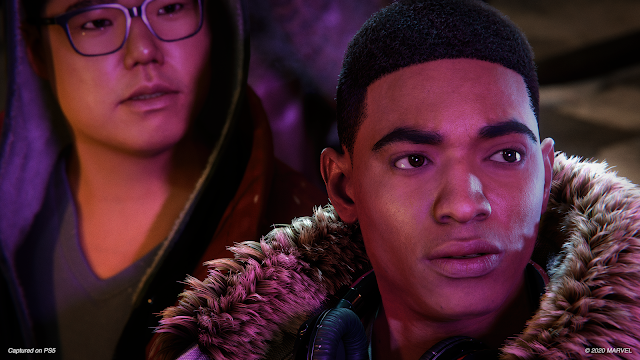There’s no place in the world quite like Harlem. It’s a hub of Black and Latnix culture, art, and music, going at least as far back as the Harlem Renaissance of the 1930s. It’s a snapshot of the strength and resilience of people of colour in the face of social structures that so often let them fall through the cracks of poverty, crime, and disenfranchisement.
Here’s how Adams described what’s happening, in a piece for the New York Times a couple of years ago:
“Rents are rising; historic buildings are coming down. The Renaissance, where Duke Ellington performed, and the Childs Memorial Temple Church of God in Christ, where Malcolm X’s funeral was held, have all been demolished. Night life fixtures like Smalls’ Paradise and Lenox Lounge are gone.
“But this is the problem with gentrification — what James, with all due respect, doesn’t get, but what that boy on Eighth Avenue did. For so many privileged New Yorkers, like James, Whole Foods is just the corner store. But among the black and working-class residents of Harlem, who have withstood red-lining and neglect, it might as well be Fortnum and Mason. To us, our Harlem is being remade, upgraded and transformed, just for them, for wealthier white people.”
At the centre of Marvel’s Spider-Man: Miles Morales is Roxxon Plaza, a cutting edge, ultra-modern development in Harlem combining condos, retail, and its own clean energy plant. Roxxon presents this as an opportunity for Harlem, a chance to save it from its own failures–even if that comes at the expense of local businesses, cultural icons, and a community that the people of Roxxon could never understand.
Sound familiar? In Spider-Man: Miles Morales, gentrification is the villain. Harlem is the hero, both in itself and in the way it’s embodied in Miles Morales—Harlem’s own friendly neighbourhood Spider-Man.
From the opening moments, when we see Miles walking along a bustling street and sneakily using his powers to help people with everyday tasks like lifting furniture into a truck, Spider-Man: Miles Morales uses Miles’ perspective to put the vibrant atmosphere of Harlem front and centre. A quick chat with some locals painting a storeys-high mural of (Peter Parker’s) Spider-Man shows a neighbourhood awash with colour and always ready to literally decorate its walls with its heroes. A visit to the local bodega for groceries shows the tight-knit nature of the community, where everyone seems to know everyone and such shops are as much a place of social connection as commerce.
As the story ramps up, so too do the stakes, the superheroics—Roxxon has its dark secrets it’ll protect at any cost, and has found an enemy in a gang of heavily-armed, high-tech vigilantes who’ll stop at nothing to shut Roxxon down, even if that means civilians get hurt along the way—but it never loses sight of that vibrancy and community focus. Wherever Miles’ adventures take him, he always comes back home before long, whether to help with his mom’s city council campaign, to help investigate the mysterious theft of shipments for local stores, or to take the fight with Roxxon to its source.
That means that, though Spider-Man: Miles Morales takes you to every corner of Manhattan, you’ll spend substantial time in Harlem. The original PS4 Spider-Man nailed the feel of web-swinging through the city, but in Spider-Man: Miles Morales, it becomes more than just an exciting, satisfying way of moving about; it becomes a vantage point from which to see all the beauty of Harlem. You can’t swing one block without seeing a giant mural, a colourful wall of graffiti, an array of Puerto Rican flags lighting up a fire escape. These are things you could explore in Spider-Man if you were feeling touristy, but in Miles Morales, that’s non-optional. You have no choice but to witness this backdrop, and the bleak contrast that an ultra-modern, “pristine” development like Roxxon Plaza provides.
That journey is also a more personal one for Miles. He’s a smart, brave, reasonably outgoing kid, but he’s also someone who struggles to find his place in the world. When he gets bitten by a radioactive spider and starts learning to be Spider-Man from Peter Parker, that feeling of being lost comes into stark relief—he’s got some big shoes to fill, and he wants to step out of Peter Parker’s shadow but doesn’t really know how. His big opportunity comes at the start of the game, when Parker leaves New York for a working holiday overseas and leaves Miles as the Spider-Man in charge, but even then, he often struggles to feel like he can match up—a fact most apparent in the way he always uses “Spider-Man” to refer to Peter, and never himself. Spider-Man: Miles Morales is a story of Miles figuring out who he is and who he wants to be, both as a person and as a hero.
But Miles is his own Spider-Man, and that’s particularly apparent in his unique abilities. As well as the standard Spidey abilities—web-swinging, wall-climbing, and the like—Miles can briefly camouflage himself, effectively turning invisible, and attack enemies with paralysis-inducing “venom” attacks, making playing as him quite different to playing Peter Parker in the original. Combat and stealth still mostly follow the same ebb and flow, but these unique abilities open new tactical doors. Venom makes a fantastic crowd-control tool when enemies try to overwhelm you with sheer numbers, and can allow for some particularly deadly combos. Camouflage works wonders for hit-and-run attacks, misdirecting foes, or getting away from a hairy situation and giving yourself a moment to reassess. Miles also has his own gadgets, like holographic decoys to distract enemies and remote-activated EMP mines.
As much as I enjoyed the original Spider-Man game, it fell into the common open-world traps that so many other games fall into: too much icon clutter on the map, too many to-do lists that just feel like content for the sake of content, and a game that sometimes overstays its welcome in pursuit of some arbitrary goal of being “big enough”. In all these things, Spider-Man: Miles Morales is refreshingly restrained.
It’s still an open-world game with all the common elements, but it’s an open-world game where you can zip through the story in 15 to 20 hours, and 100 per cent complete in the space of a weekend. It has its share of to-do lists, but they’re not these seemingly endless lists of doing the same thing in different parts of the map. There’s a handful of different objectives within each category that never get a chance to grow stale. They also tend to be much better integrated into the overall narrative and themes of the game—like exploring Miles’ childhood by digging up time capsules he hid around the city as a kid, or collecting sound samples so Miles’ can continue his dad and uncle’s goal of turning New York’s soundscape into a hip-hop beat.
But it’s certainly no less impressive. That intimacy lends itself perfectly to a story about a vibrant, tight-knit community with a rich and storied history; a story about gentrification and misguided attempts to “fix” things that aren’t broken; a story about a mixed-race kid looking for his place in a world that always seems to see him as “other”, and finding that place in the welcoming, open arms of Harlem.













